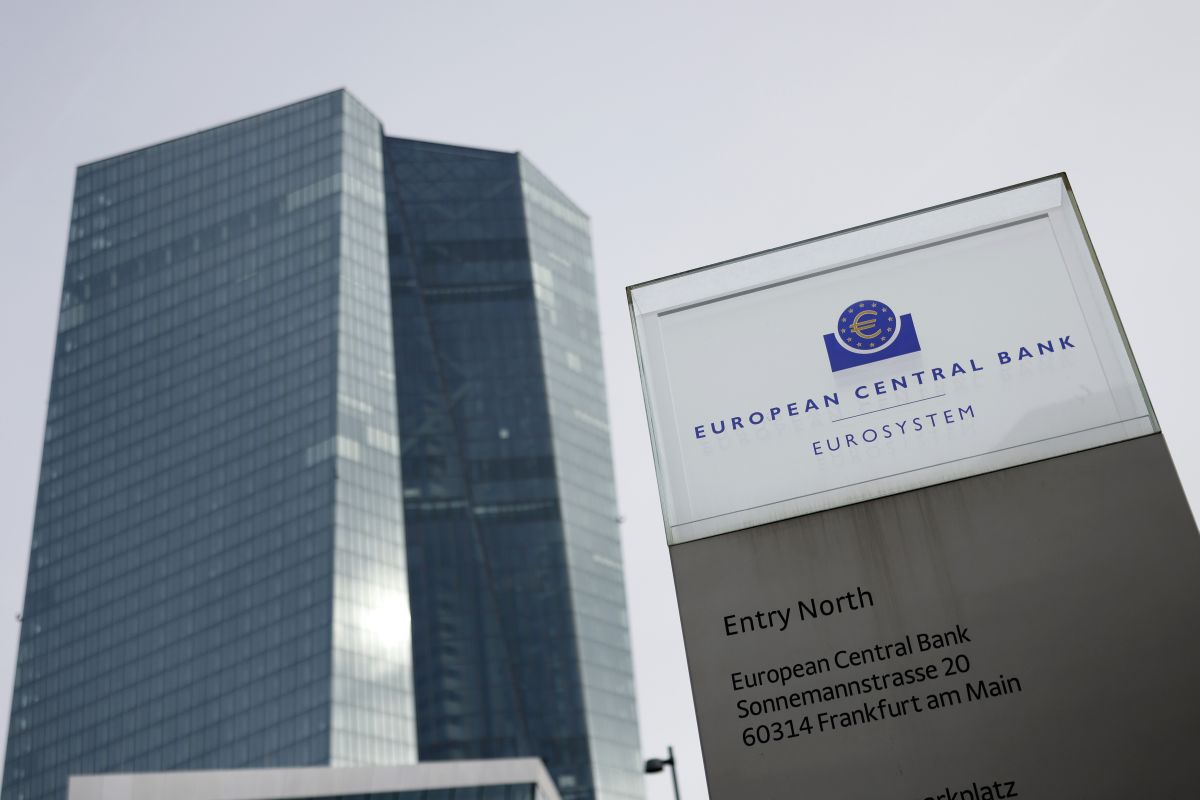FRANCOFORTE (GERMANY) (ITALPRESS) – The European Central Bank today published the results of the prudential review and evaluation process of 2025, together with the supervisory priorities for the three-year period 2026-2028. The ECB decided to maintain substantially stable capital requirements for 2026 in the face of persistent global challenges. The overall CET1 asset requirement and the second pillar requirements applicable in 2026 remain substantially stable, respectively 11.2% and 1.2%. The SREP 2025 evaluation covered 105 banks directly supervised by the ECB. Reduction of the Orientations of Second Pillar. The second non-binding pillar guidelines, which indicate the level of capital a bank should maintain to overcome stress situations, fall for 2026 from 1.3% to 1.1%. This decrease reflects the results of the stress test of 2025 at EU level, which has evidenced a better ability to absorb losses by virtue of greater profits, resulting in less capital reduction than the stress test of 2023. The aggregate results show that the ECB’s banks maintain strong balance and liquidity positions and strong profitability. The primary class 1 (CET1) average weighted capital amounted to 16.1% of the risk-weighted assets (RWA) in the second quarter of 2025. The total capital coefficient is 20.2%.
Profitability remains high, supported by interest margin and net income from commissions and commissions. The annual yield of the capital on an aggregated basis has reached 10.1% in the second quarter of 2025, in improvement regarding 9,5% recorded in the fourth quarter of 2024. The aggregate liquidity coverage index (LCR) is 158% above the minimum requirement of 100%. With regard to the quality of the assets, the incidence of degraded credits (NPL) is solid at 1.9% in the second quarter of 2025. However, the incidence of credits deteriorated for loans relating to non-residential properties and loans to small and medium-sized enterprises remains higher than average values, respectively 4.6% and 4.9%. The new qualitative measures adopted by the ECB in this SREP cycle are about 30% less than in the previous year. The measures emanated mainly focus on credit risk (40%), internal governance (17%) and asset adequacy (11%). The number of banks subject to increased second pillar requirements (P2R) has decreased for specific shortcomings: Only 10 banks received an increase for insufficient provisions in the face of deteriorated exposures (down from 18 of the previous cycle). The medium-term strategy of the ECB banking supervision focuses on two key priorities, taking into account the difficult context characterized by greater geopolitical risks and changes in competitive models.
– photo IPA Agency –
ITALPRESS).






